Girl playing the guitar
Oil on canvas, cm 96x62
Sir Thomas Alfred Woolnoth was a multifaceted and highly interesting artist, mainly known for his work as a portrait painter and engraver. Particularly appreciated in England of the second half of the nineteenth century were his portraits of wealthy members of the London aristocracy, including John Campbell (London, National Portrait gallery, cat. NPG 375), John Jackson (Oxford, Ashmolean Museum) and Henry Phillpotts (University of Durham Art Collections): in the first half of the 19th century he was one of the most appreciated portraitists by the wealthy and noble clientele of the British capital. The artist was also known for the numerous paintings by his hand depicting the most famous theatrical actors of his time, true before litteram stars, esteemed and acclaimed by contemporaries: In this context it is important to mention works such as the Portrait of Mary Ann Povey as Jessica de Il mercante di Venezia (National Portrait Gallery, inv. NPG D8501) or the Portrait of Miss Hallande as Sylvia in 'The Two Gentlemen of Verona' (inv. NPG D38696). Woolnoth’s work as engraver and illustrator is also of particular quality: his incisive reproductions of the famous works by Correggio and Van Dyck made these two masters more known in England; His work as an illustrator for such collections as Britannia depicta by Cadell and Davies, The History of the Ancient Palace and Late Houses of Parliament at Westminster by E.W. Brayley and J. Britton and he Portrait Gallery of Distinguished Poets.In this portrait we perceive the same atmosphere of portraits of actors who made the artist internationally known. The painting depicts a young girl playing the guitar. The woman, represented in a patrician environment with an almost theatrical tone, wears a long and wide dress that leaves her shoulders uncovered, of white color with shimmering silver reflections, which descends to her feet. Her gaze is stubbornly directed towards the spectator and the sweet and soft traits of the maiden catalyze the attention of the viewer. The soft light and delicate colors contribute to create an image of serene beauty. This pictorial passage, absolutely in line with the most famous pieces of Woolnoth’s corpus, is an excellent example of the high results of British portraiture of the first nineteenth century


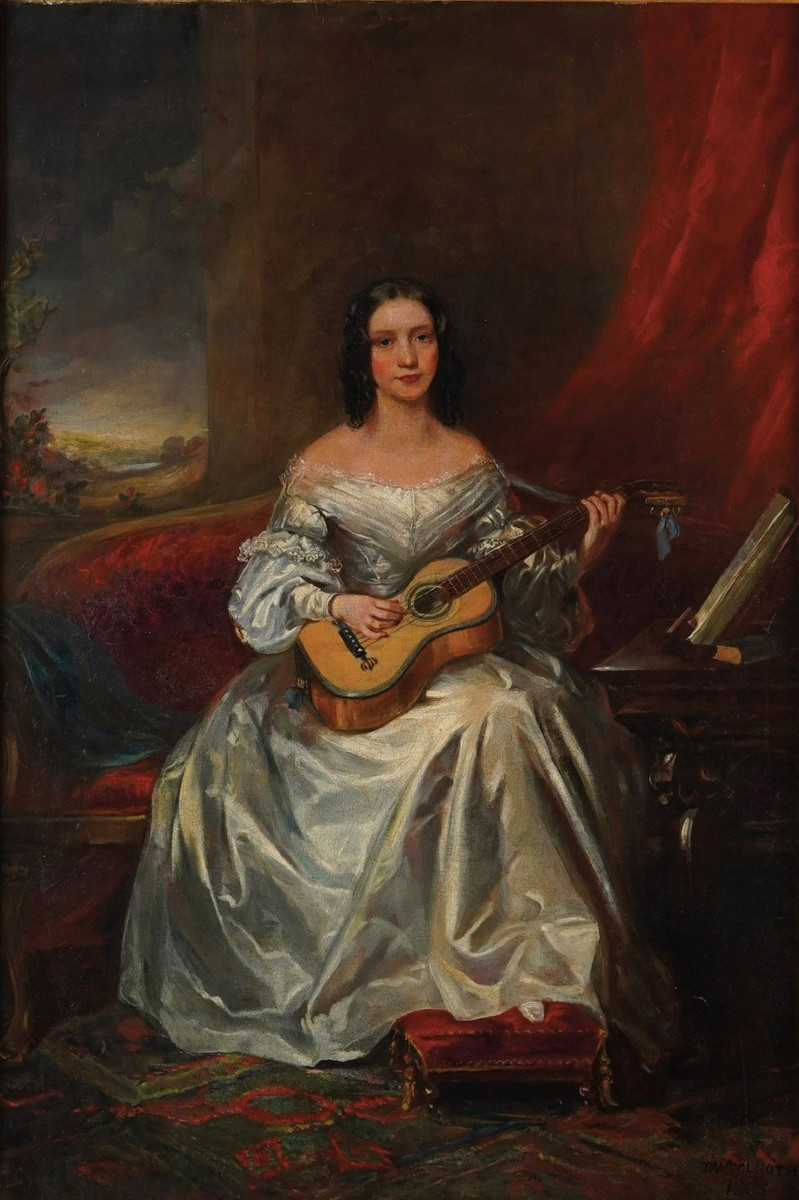


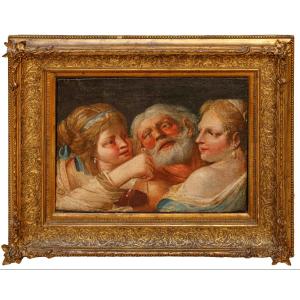

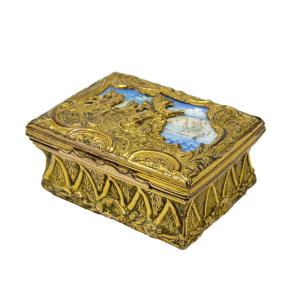




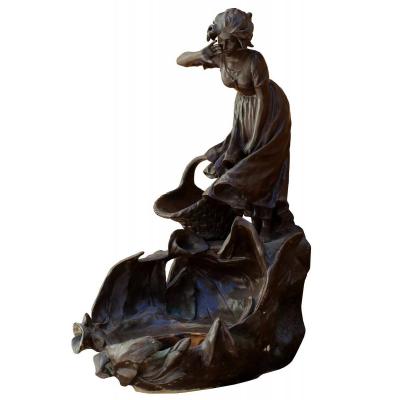







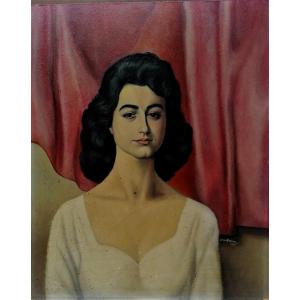
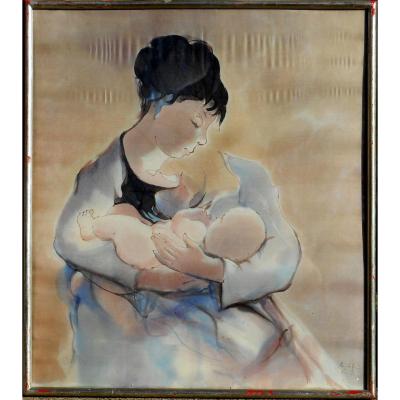
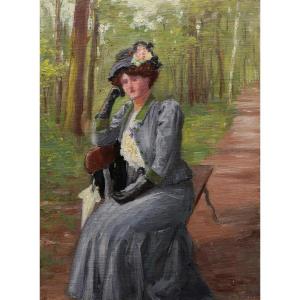





 Le Magazine de PROANTIC
Le Magazine de PROANTIC TRÉSORS Magazine
TRÉSORS Magazine Rivista Artiquariato
Rivista Artiquariato